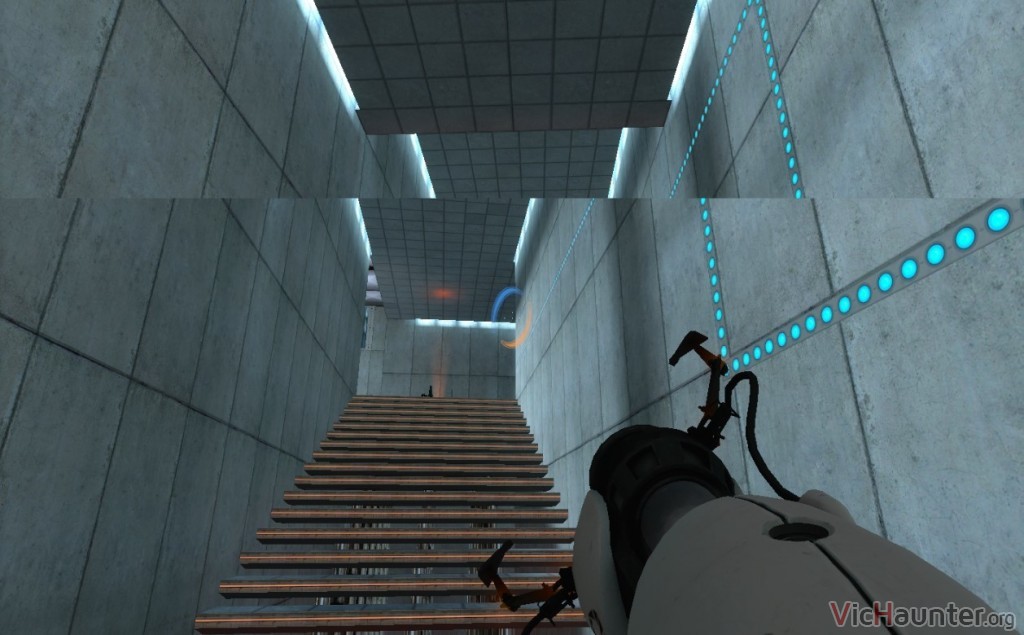

Shadow quality informs the resolution of the shadow map, and lower settings usually make shadows appear softer. That becomes a shadow map, which the game uses to cast shadows in the final image. Your GPU renders a scene that takes into account the light and objects to render the shadows. Baked-in shadows, which are static and not informed by a light in the scene, have very little impact on performance.

I’m talking about dynamic shadows - those being shadows that come from a light source in the game. Shadows are demanding because they require your graphics card to render a second scene. You may find them as separate settings - and in games like Call of Duty: Vanguard, split across several settings - but they work together. Shadow and lighting qualityīy far the most demanding task for your graphics card is shadows and lighting. I usually set my FOV to 105 degrees, and most players will fall between 90 and 110 degrees. This is mostly relevant in first-person games, but it can useful in third-person games as well. Per-object motion blur is demanding on hardware, but it looks much more natural.įinally, FOV determines how wide the camera angle is. Turn it off in most games unless you particularly like the look. Camera motion blur has virtually no performance impact, and it looks terrible.

There are two types of motion blur: Camera motion blur and per-object motion blur. It doesn’t matter in most games, but it can make the difference in competitive titles like Counter-Strike: Global Offensive or Rainbow Six Siege. If the input lag is a concern, you can use an adaptive refresh rate monitor with AMD FreeSync or Nvidia G-Sync. The problem with V-Sync is that it introduces a hair of input lag.


 0 kommentar(er)
0 kommentar(er)
